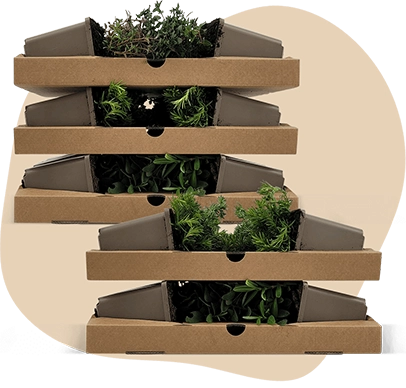Description
Cercis canadensis C7,5 60-80 | Redbud
The Cercis canadensis, commonly known as the Redbud, is a striking addition to any garden. This plant is known for its upright growth habit, reaching an average height of 5 metres. The Redbud features heart-shaped green leaves that are smooth to the touch, providing a lush appearance. Although it is not evergreen, the Cercis canadensis offers beautiful autumn colours. This plant is relatively low-maintenance and produces small fruits after its vibrant pink flowers bloom on bare branches. The Redbud is an excellent choice for solitary planting or as part of a border.
Key Plant Characteristics of Cercis canadensis
- Cercis canadensis blooms in April and May, showcasing pink flowers on bare branches.
- The flowers are not fragrant but attract bees, making them a valuable addition to any garden.
- For optimal growth, this plant prefers a sunny or partially shaded location.
- It thrives in good garden soil that is well-drained, ensuring healthy development.
- The bark of Cercis canadensis is smooth and grey, providing an attractive contrast to its vibrant flowers.
Garden plants like Cercis canadensis are ideal for solitary placement or as part of a border, adding unique beauty to any garden setting.
Application of the Cercis canadensis in the Garden
- The Cercis canadensis is perfect for use as a solitary plant or in a border, adding a striking feature to any garden.
- This plant is hardy, tolerating temperatures as low as -34.4°C, making it suitable for various climates.
- It combines well with other plants, especially those that thrive in sunny or partially shaded areas.
- The most notable ornamental value of the Cercis canadensis is its pink flowers that bloom on bare branches, along with its heart-shaped leaves and beautiful autumn colours.
- Consider shrubs like this one when planning to order plants for a vibrant garden display.





























